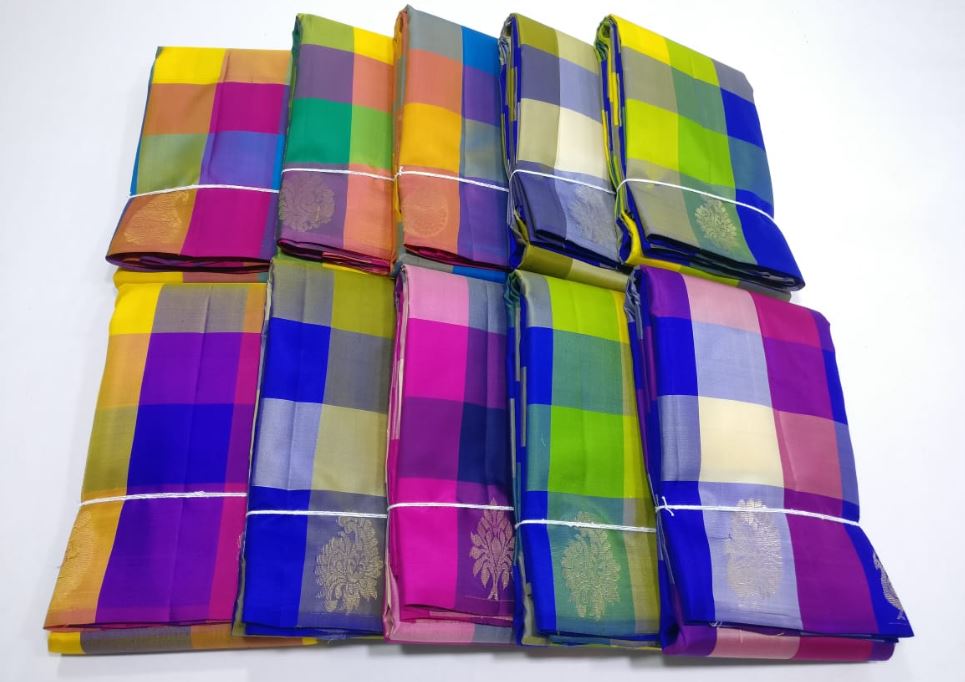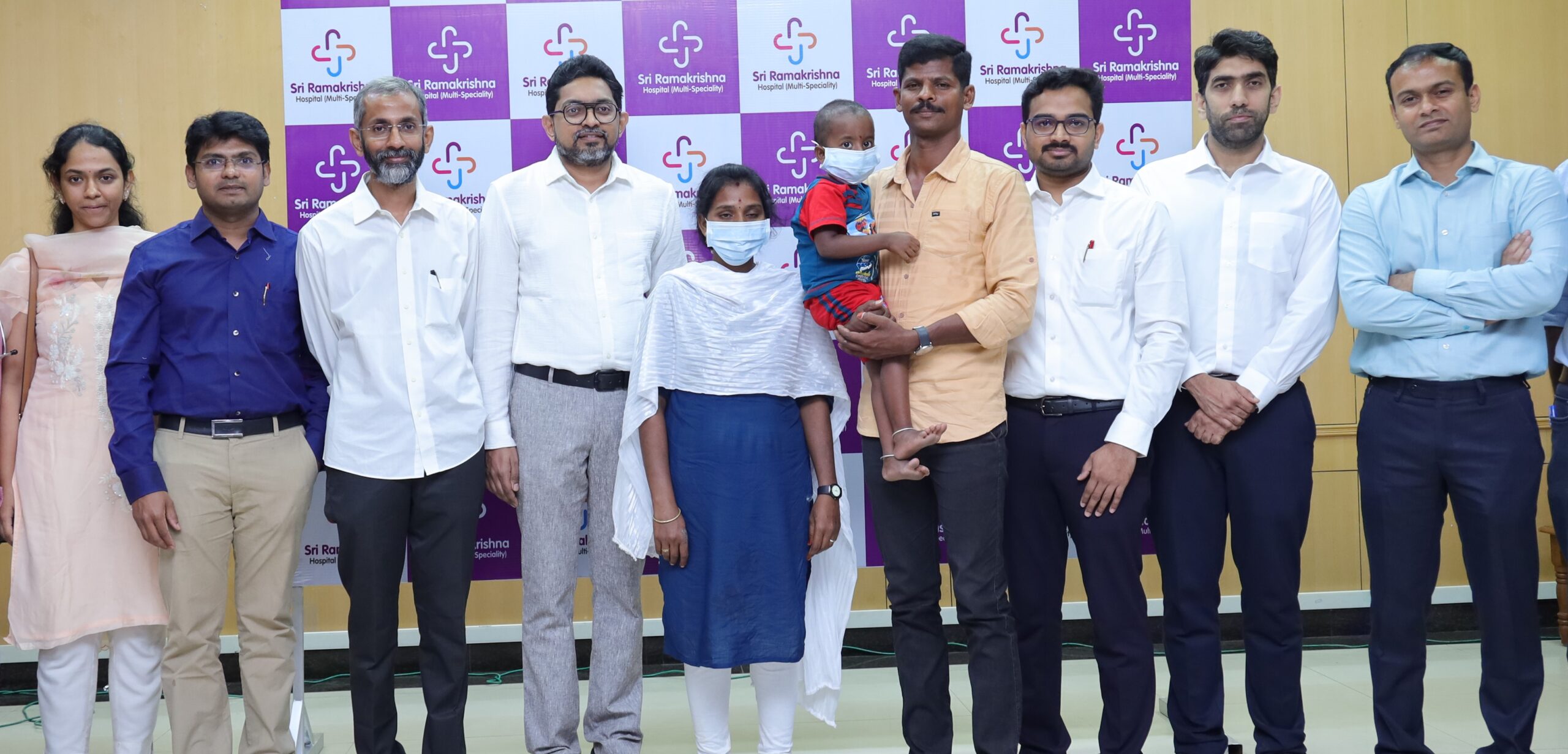Trending Now
- 830 voters names go missing in Kavundampalayam constituency
- If BJP comes to power we shall consider bringing back electoral bonds: Nirmala Sitaraman
- Monitoring at check posts between Kerala and TN intensified as bird flu gets virulent in Kerala
Coimbatore
These two towns weave to keep a tradition live
![]() July 20, 2019
July 20, 2019
Negamam and Panchukalipatty are two small towns in the suburbs of Coimbatore and Salem where handloom cotton saris are woven and keep live a heritage.
BV Rajendran, the owner of Thamarai sari showroom in Negamam, told The Covai Post, “Negamam cotton saris are prized for their tenacity, strength, fast colours and durability. Our looms are nearly 200 years old and our community of Devanga Chettiyars are prominent weavers here.
“This sari was distinguished for its rich pallu and border, all woven on handloom. It would take nearly 2-3 days to weave a single sari. But now power looms exist and also cotton is mixed with synthetics for faster production.”
The weaving process is similar for cotton and silk saris. Grey yarn is procured from mills, spun into threads to required thickness, dyed and stretched and wound round bobbins and then mounted on spindles and set up on shuttle looms.
G Gopi, owner of the 40-year-old Sri Meenachi Silks in Panchukalipatti, said, “There are nearly 32 steps before the sari is completed. Yarn is procured from Karnataka and after dyeing, winding and stretching it is rolled into bobbins which are then hooked up to spindles on the shuttle looms. The yarn is laid out through warp or straight line and weft or cross line. One spindle of yarn can produce nearly 10-12 saris. We have about 300 looms for handloom saris while the rest are for silk. This is the raw material part. Next each loom is set up to pattern specifications. Each loom’s tension has to be adjusted manually. There are about 12,000 to 14,000 counts of threads and they have to be strung up before weaving begins.”
Each pattern has a punched out design card and strung on the loom.
“We also add in zari, either tested, pure or silk floss. Earlier mottos or buttas in the middle of saris was done manually. It was laborious and interrupted work. Now, pneumatic handlooms with a hydraulic attachment lifts that section and ensures continuity of weaving. It is a small mechanism but helps elderly weavers,” says Gopi.
Both Gopi and Rajendran insist that handloom saris are stronger than power loom ones. This is because weavers apply nearly 40 per cent manual pressure on shuttle looms, which is not needed in mechanised ones. So, the finished product looks good but is not supple. Rajendran says the cotton drape of these saris can be worn for hours, whereas others will wilt.
Gopi says, “Weaving is a prosperous business but losing prestige in our community. Many youth have chosen other careers for money and ‘good’ marriage prospects. A weaver couple can earn Rs 30,000 to Rs 40,000 per month, but the craft is moving to power looms. Ironically, we get immense respect when we visit foreign countries for our skill.”
This industry provides tertiary jobs like dyeing, computer designing, pattern punching and others. These saris are popular in India, Far East, and Canada, the UK and the US. Weavers are also linked with co-operatives like Cooptex and Sarvodaya where their products are hallmarked.
Gopi says Central and State governments should announce more subsidies and incentives, particularly during annual budgets.























